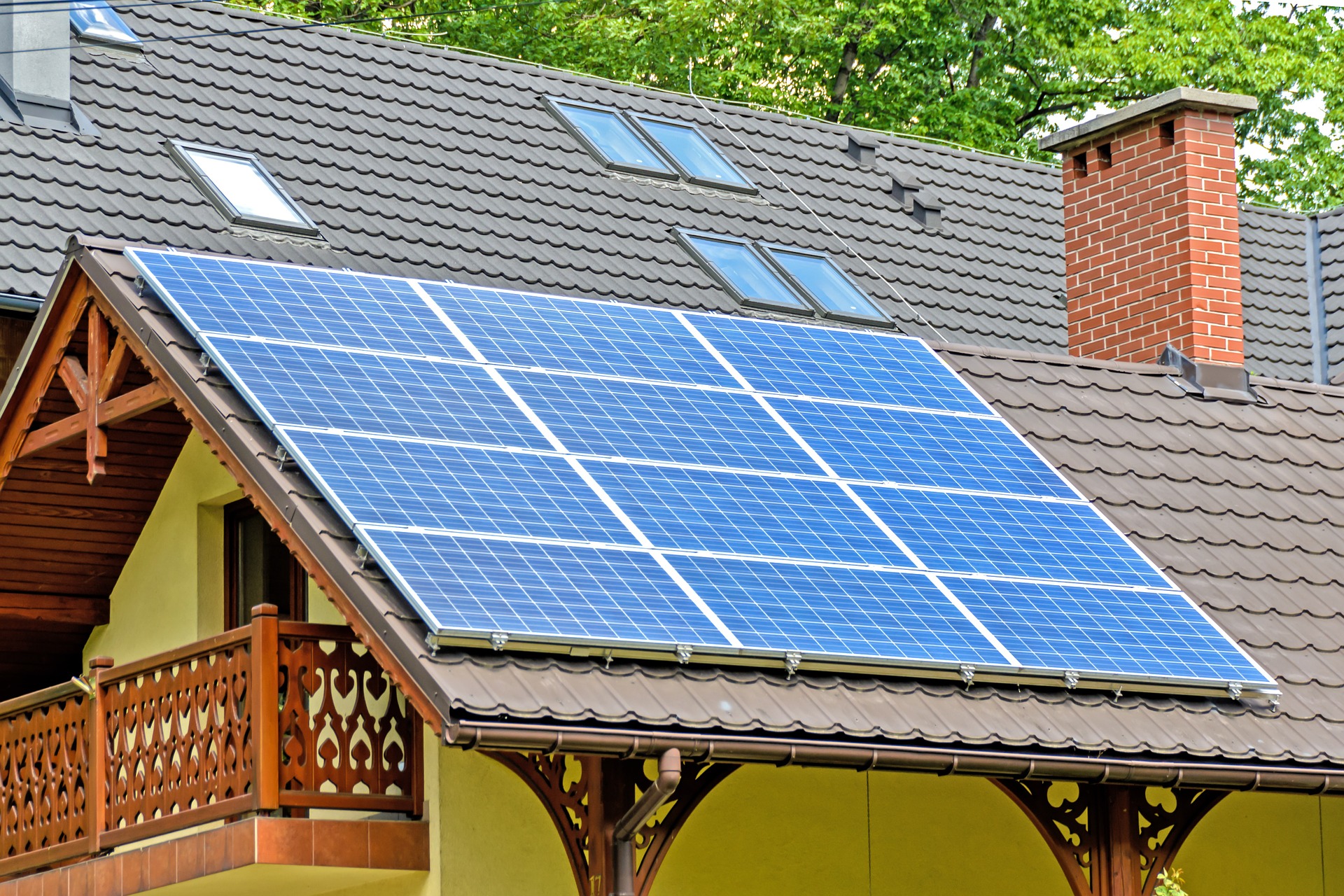While going solar steadily grows in popularity, myths about using solar energy for the home persist. Dispelling these myths and learning the facts frees you to embrace a clean, abundant, and efficient energy source.
Now let’s deal with the three myths.
1. Residential solar power systems are too expensive. Let’s address the expense of a home solar power system. The truth is a home solar energy system could be expensive. Without doing your homework first, buying and installing a photovoltaic (PV) system to replace current home energy consumption stretches the budget of the average American
However, you have complete control of the initial cost of a solar energy system. You have no control over the rapidly increasing cost of oil and natural gas.
The good news is there are ways to make solar energy available to every budget. A few simple steps can bring solar energy in line with your budget.
- Reduce energy consumption,
- Improve home energy efficiency,
- Take advantage of renewable energy tax incentives and rebates that apply in your area.
Thoughtless energy consumption habits are a thing of the past. It is neither environmentally safe nor economical feasible to continue our caviler attitude of energy consumption. It benefits all of us to acquire and practice new energy consumption habits.
Begin with some easy habits. Turn your thermostat up in summer and down in winter. Switch to compact fluorescent light bulbs (CFLs). Lower the thermostat on your hot water heater to 120 degrees. Take short showers instead of baths. Wash clothes in cold water.
Increasing your home’s energy efficiency is an extremely cost effective step to going solar. Get a professional home energy audit. An energy professional can tell you where you home loses energy and what efficiency improvements you can make. Depending on your home, improvements could mean more insulation, upgrading to energy efficient windows, or sealing air leaks around doors and soffits.
Next, investigate the renewable energy tax incentives and rebates. Congress just passed into law Incentives Tax Credits (ITC) for residential and business solar systems. The price of a solar energy system could be reduced by as much as 30 percent. Each state has its own rebate plans as well.
Remember: the least expensive steps make the biggest impact on the final cost of a solar system.
2. Solar energy does not work on cloudy days. What about solar energy systems on cloudy days? As long as there is some light, solar panels produce electricity. That means even on cloudy days. Panels do produce proportionately less energy on cloudy days but they still work.
Obviously, solar panels produce more energy from direct sunlight during sunny days. It is true that atmosphere, sun angle, and distance affect the amount of sunlight a solar panel receives.
Weather patterns like clouds, fog, rain, and falling snow diminish the amount of solar energy that can be captured.
Latitude, time of day, and time of year also affect the amount of sunlight. Logically, the Northeastern US needs more panels to produce the same energy as those same panels placed in California where there are more direct sunlight days. Geographic location also comes into play when incorporating solar power.
Yet, consider this cloudy climate. Germany has half the average sun hours as the USA. Two-thirds of all daylight hours in Germany are cloud covered. It rains there year round. Yet Germany managed to become the world’s leader in solar power generation. Last year almost half the solar electricity produced in the world was produced in Germany.
No matter where you live, solar power can be part of your energy source. Work with a local solar professional to determine the best solar options for your home, in your location.
3. Solar energy is inefficient. How efficient is solar energy? Energy efficiency is a delicate balance between economic costs, benefit for the environment, and available supplies. It must be financially affordable, good for our planet and its inhabitants, and in abundant supply.
Seen from a strictly financial point of view, coal is the least expensive electrical energy source. On an energy-per-Btu basis, coal is also the least expensive fossil fuel. But adding the environment to the equation, coal is a major source of air pollution and greenhouse gases. Then consider that at current rates of production only 155 years of coal supplies remain.
Efficiency of photovoltaic (PV) power increases dramatically with gains in PV technology. Still, commonly available solar PV panels produce electric energy at a 15% efficiency rate. That sounds low, right?
But consider there are no harmful air pollutants released into the air. Neither can we run out of solar energy. Technological advances as well as incentive tax credits continue to reduce the price of solar energy systems.
Now that three major barriers to a home solar energy system are demystified, you can pursue a clean, abundant, and efficient energy source for your home. You know it is possible to reduce the expense of solar energy, that solar panels do work on cloudy days, and that the most efficient energy source is one that will never run out.
Cathy Spain researches and explores ways to reduce home energy consumption and make solar energy economically practical. She would love to show you how to reduce your home energy bill. See her 10-tips now at http://simplehomesolarenergy.com/
Article Source: https://EzineArticles.com/expert/Cathy_Spain/154912
